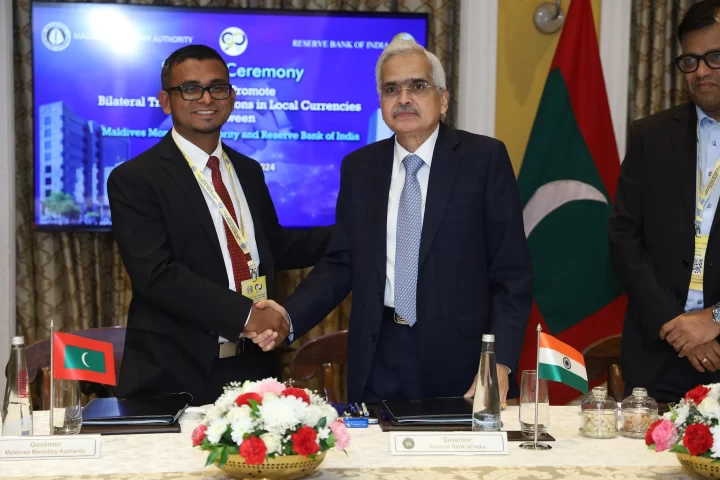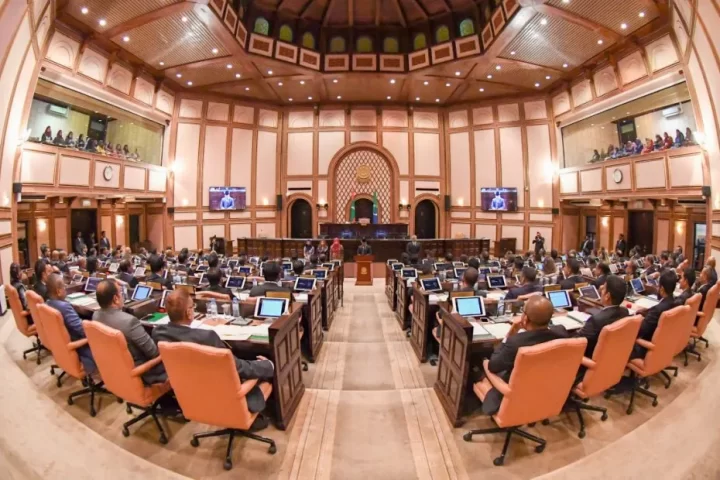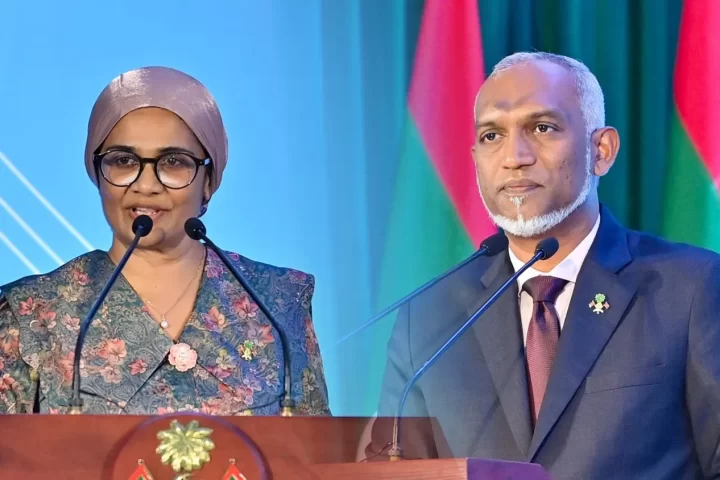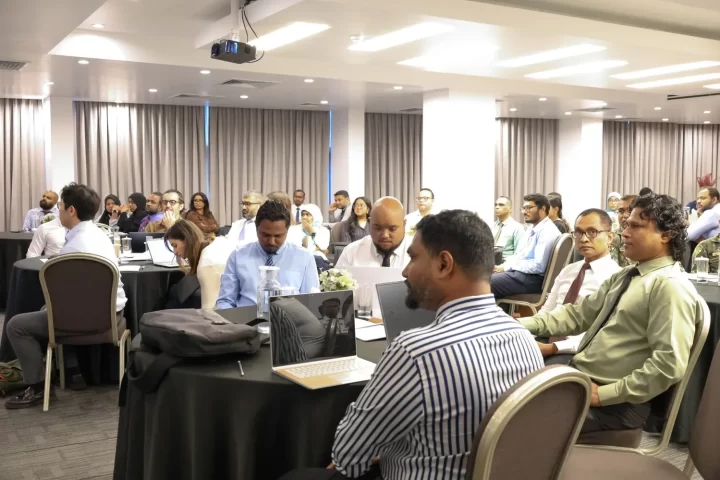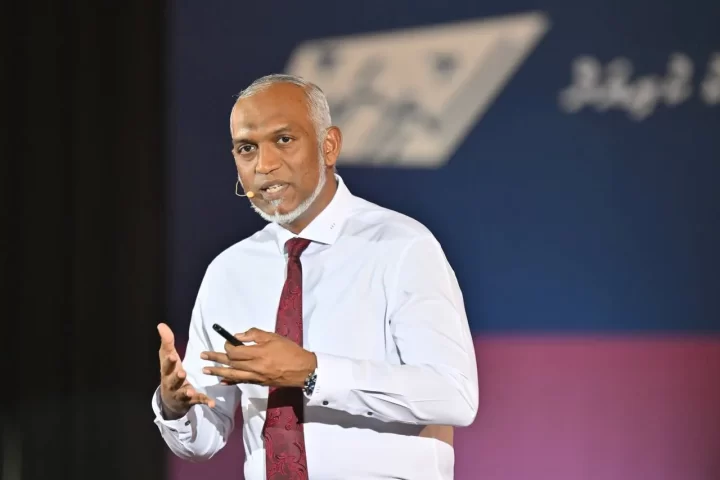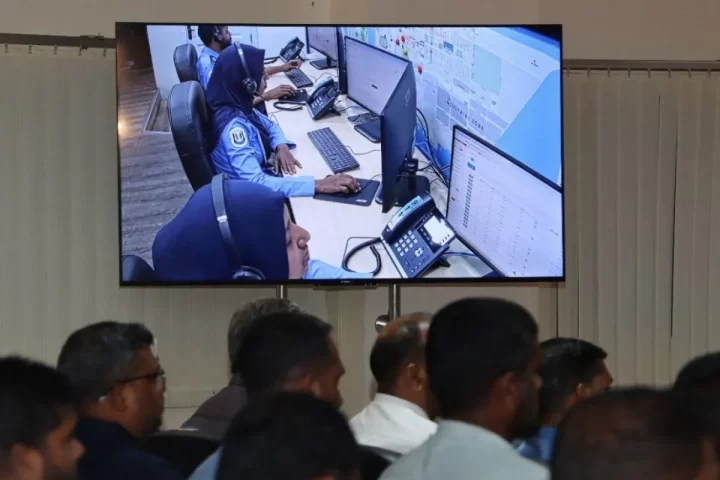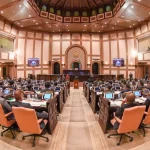Malé, — The Maldives continues to witness a steady increase in tourist arrivals, bolstered by a strong post-pandemic recovery. According to the latest statistics from the Ministry of Tourism, the country welcomed 1,467,827 tourists by September 25, 2024, marking a 9.9% growth compared to the same period last year. The resurgence in travel demand has been met with a surge in arrivals from key markets, including China, Russia, and the United Kingdom.
The figures reveal that the upward trend in tourist arrivals has been consistent across most months of 2024. The peak season started with a solid 11.5% increase in January, which saw 192,385 visitors, compared to 172,499 the previous year.
February continued the momentum with a 22.2% year-on-year increase, while March recorded 194,227 arrivals, up 11.9% from 2023. This growth is largely attributed to the reopening of borders, easing of global travel restrictions, and strategic tourism marketing campaigns.
Although there was a slight dip in May, with a 0.9% decline, subsequent months reflected a robust recovery, with July and August recording 15% and 13.8% growth respectively. The daily average number of tourists arriving in the Maldives this year remained steady, while the average duration of stay also increased, indicating higher spending potential among visitors.
China has emerged as the leading source market in 2024, reclaiming the top spot with 214,780 arrivals as of September, representing 14.6% of the total market share.
Russia, a traditionally strong market, followed closely with 159,792 visitors (10.9% market share), while the United Kingdom maintained a significant presence with 125,016 tourists, constituting 8.5% of the total.
India, which once held the position as the top source market for Maldives tourism, saw 88,686 arrivals by September 25, 2024, representing a 6% share of the total market. While India ranked sixth in 2024, this marks a decline from its leading position in 2023. Efforts are currently underway to revive interest in the Maldives among Indian travelers, as the Ministry of Tourism collaborates with Indian tour operators and airlines to boost arrivals from this key market.
Other notable markets include Italy and Germany, with 105,971 and 104,489 visitors respectively.
The growth in tourism has been supported by an expansion in accommodation capacity.
By September, the Maldives had 1,234 operational facilities, including 181 resorts, 14 hotels, and 887 guesthouses, offering a total of 64,272 beds.
The resort segment, which accounts for 68% of available accommodations, remains the dominant choice for tourists, with guesthouses and safari vessels providing alternative lodging options.
Tourism growth has also been geographically diverse, with Zone 3 (Kaafu atoll) contributing the largest share of bed capacity. Kaafu alone offers over 14,324 beds, supported by a strong infrastructure in the Greater Malé area and popular guesthouse destinations such as Maafushi and Dhiffushi.
While the tourism industry is on a path of recovery, there remain challenges related to sustainability and overreliance on key markets. The Ministry of Tourism has initiated several efforts to diversify the source markets and extend the range of tourism offerings. Additionally, an increased focus on eco-tourism and community-based tourism initiatives aims to balance growth with sustainability.
The Maldives has also intensified its marketing efforts, participating in major international tourism events and collaborating with airlines and tour operators to increase connectivity.
New partnerships with airlines, including Air Astana, Sichuan Airlines, and Air India, have strengthened air links between the Maldives and crucial source markets.
As the Maldives continues to chart its post-pandemic recovery, the outlook for the tourism sector remains positive, with expectations of surpassing 2 million arrivals by the end of the year.

